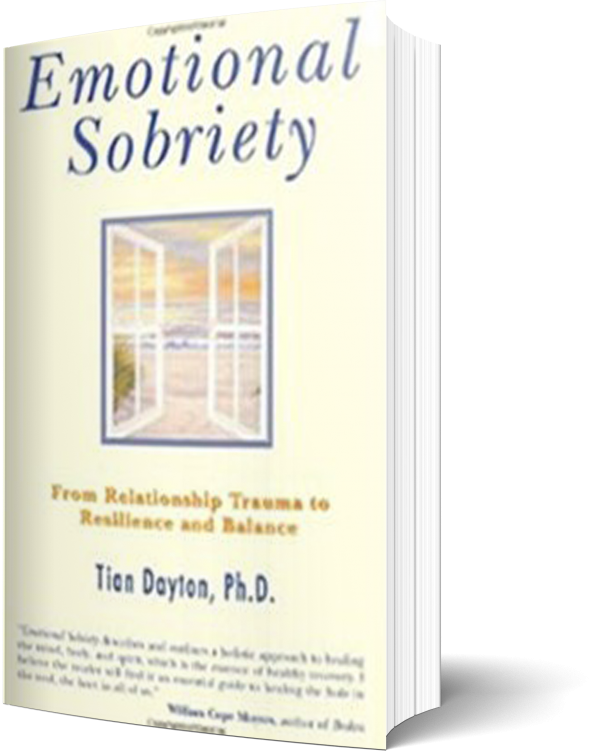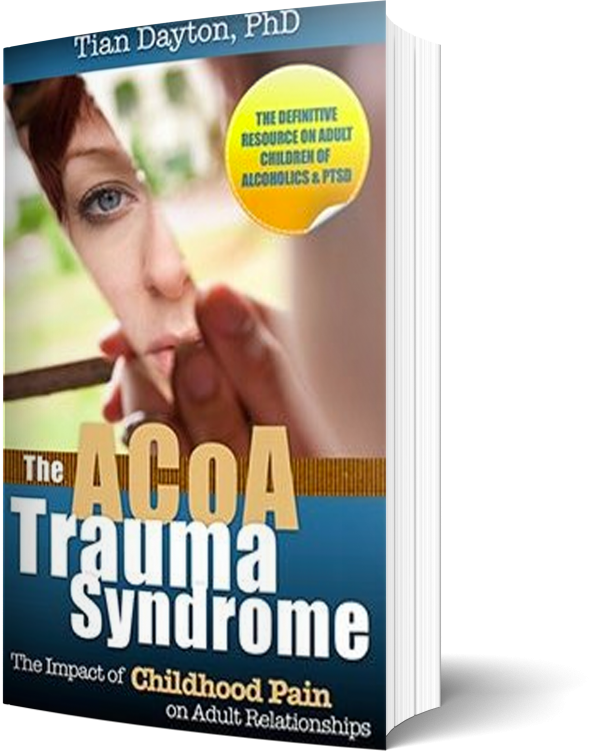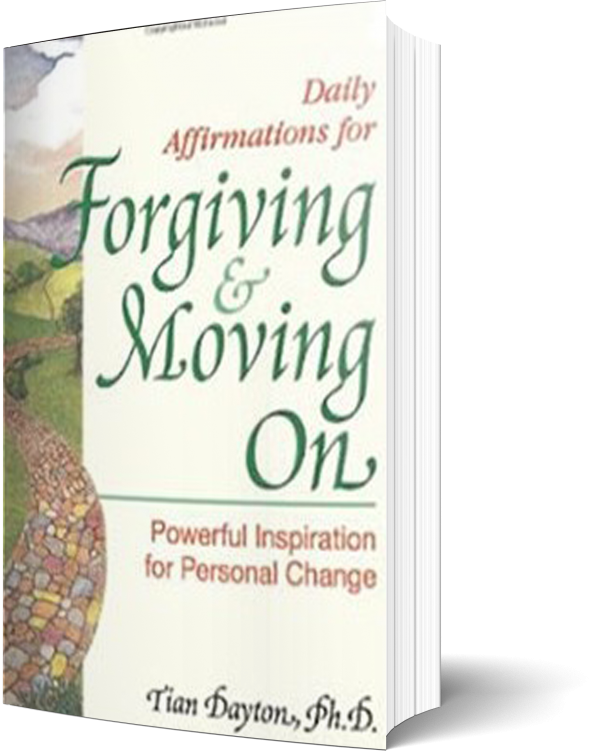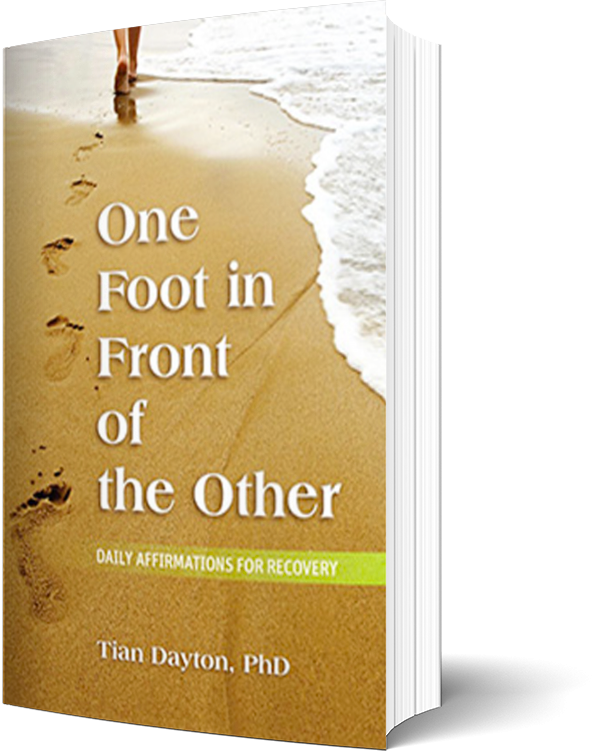When we get scared, our thinking mind gets smaller and our feeling mind gets bigger. Evolution has made it this way so that we will get flooded with feelings of fear when danger lurks and beat a straight path toward safety, unhampered by any random thoughts that might get in our way. Our feelings of fear are placed in us to keep us safe. We have to avoid poisonous snakes, spiders and charging wooly mammoths so we don’t get killed.
Because nature has so finely tuned our fear response in order to assure safety and survival, it doesn’t take much to condition us to be afraid of some experience that feels threatening. Evolution didn’t leave much room for error on this one because it is so crucial to our safety and survival that we avoid what feels frightening and might be dangerous.
But we can fear more than woolly mammoths. For instance, if we grow up around emotional or physical chaos our fear response can become equally well honed. We may come to associate the expression of intense emotion with fear and danger and wish to avoid it. Repeated experiences of chaos or abuse at home, which can, by the way, include frozen chaos, the kind of withheld yelling that’s so thick you can cut it with a knife, can easily condition us to fear, say loud shouting, rage, emotional tension, or even threatening facial cues whether or not we’re conscious of being scared. It can set us up to shake inside or feel immobilized when we’re around intense emotion whether in the workplace or at home. The conditioning is fast and long lasting. But not inevitable.
How Fear is Conditioned and De-Conditioned
Numerous studies have been done on lab rats both conditioning and de-conditioning fear. For example, experimenters set up a situation in which cheese is offered to a rat. But each time the rat eats the cheese the experimenters apply an electrical shock to the rat’s hind quarters. Soon the rat avoids the cheese all together, even if they’re hungry, because eating cheese is now associated with pain. That’s how fear gets conditioned and it can happen very quickly, nature couldn’t allow for many second chances.
But if the experimenters allow the rat to eat the cheese and receive no painful shock, pretty soon the rat will forget about his fear of cheese and eat it voraciously again. He will stop associating cheese with the fear of being painfully shocked. People can also de-condition their fear responses through this sort of “exposure” technique if they are aware of what they are doing and what they want to accomplish.
Let’s go back to our previous example of growing up around a lot of anger. Say we have a fear of angry people because we grew up around a lot of anger that could erupt, at a moment’s notice, into rage, chaos and pain. As a result we learned to cope in one of two ways. One, we avoid anger, we become conflict avoidant. So angry feelings just build up inside of us because we have no working model for simply expressing them or working them through with someone. Our past has conditioned us to think that expressing them will quickly devolve into hurt, rejection and more anger. Or worse, will make us the target for getting all the anger in the room made about us. That’s the avoidant reaction. Then there’s the opposite counter intuitive reaction, we head straight for what is scaring us.Sitting with the potential of an angry outburst makes us feel too anxious so we actually provoke it so we can get it over with. We yearn to get over our fear and master the situation somehow so we can feel big and empowered instead of small and disempowered. Our fear propels us toward rather than away from what’s scaring us.
But if we can back up, witness our own fear reactions without getting tangled up in or acting on them, we can begin to work them through and to de-condition them. We can “expose” ourselves to the feeling but do something productive with it and get a different result. One way might be to find a constructive way to express dissatisfaction in a manner that moves a situation forward rather than tears it apart; to use our anger to inform us of what isn’t working for us and then find a way to address it. Note: If we’re one of those people who constantly finds fault, this won’t work because our anger has deeper roots and we need to get some help with finding out where it’s all coming from and why we’re forever looking for places to dump it or leak it. Or if we’re someone who thinks we’re always right and we’e entitled to shove our point of view down someone else’s throat without listening to their side of the equation, it also won’t work. But if we’re basically a team player, we may be surprised that what is bothering us is bothering others as well and our ability to express it clearly and without attack can actually help a situation to move in a positive direction. Eventually our fear of confrontation and even of our own feelings of anger or frustration lessen because we no longer associate them only with pain and rejection, we have learned to also associate them with clearing the air and working things out. And our fear of another person’s anger might lessen as well because we don’t feel as powerless and immobilized in the face of intense, potentially difficult emotions.
Drilling Down into the Fear
While this formula sounds pretty simple it is oftentimes easier said than done. Why? Well, human beings have a very sophisticated thinking process and we’re capable of giving ourselves all sorts of “good” reasons or even dysfunctional, maladaptive reasons why it’s fine to eat cheese and be shocked. Perhaps we cope with our feelings of fear by building increasingly complex rationalizations around what makes us feel anxious or scared; in an attempt to minimize fear we deny or distort reality to make it less threatening. Our ability to think, in other words, can be our own worst enemy when it comes to de-conditioning fear. Being a dumb rat can be a real advantage when it comes to letting go of fear, for them it’ simple, no shock, no more fear, the cheese is in the open. For us no shock and we ask ourselves a line of questions that create fear even when it isn’t there like where did the shock go? Shouldn’t it be here? If the shock is gone shouldn’t I still try to remember it so I can stay out of trouble? Are shocks there for me to grow from? Whose fault is it that I am being shocked? Who can I blame, resent or punish? Do shocks build character, should I face and work through them? And on and on. The thinking mind can be a real liability; we get caught in our own circular reasoning, tangled up in our own webs of rationalization. So when this happens just go back to basics and ask yourself a few questions:
• What is triggering fear in me?
• Where specifically did I get triggered?
• What do I associate with that particular behavior, look or circumstance from my past that has made me associate it with pain?
Then talk about it, journal about and think about it. Breathe and just feel it rather than act on it. You may be surprised to find out just how much is under there driving that response that you’ve “forgotten” all about.
To sign up for Dr. Dayton’s newsletter on psychological issues log onto tiandayton.com





